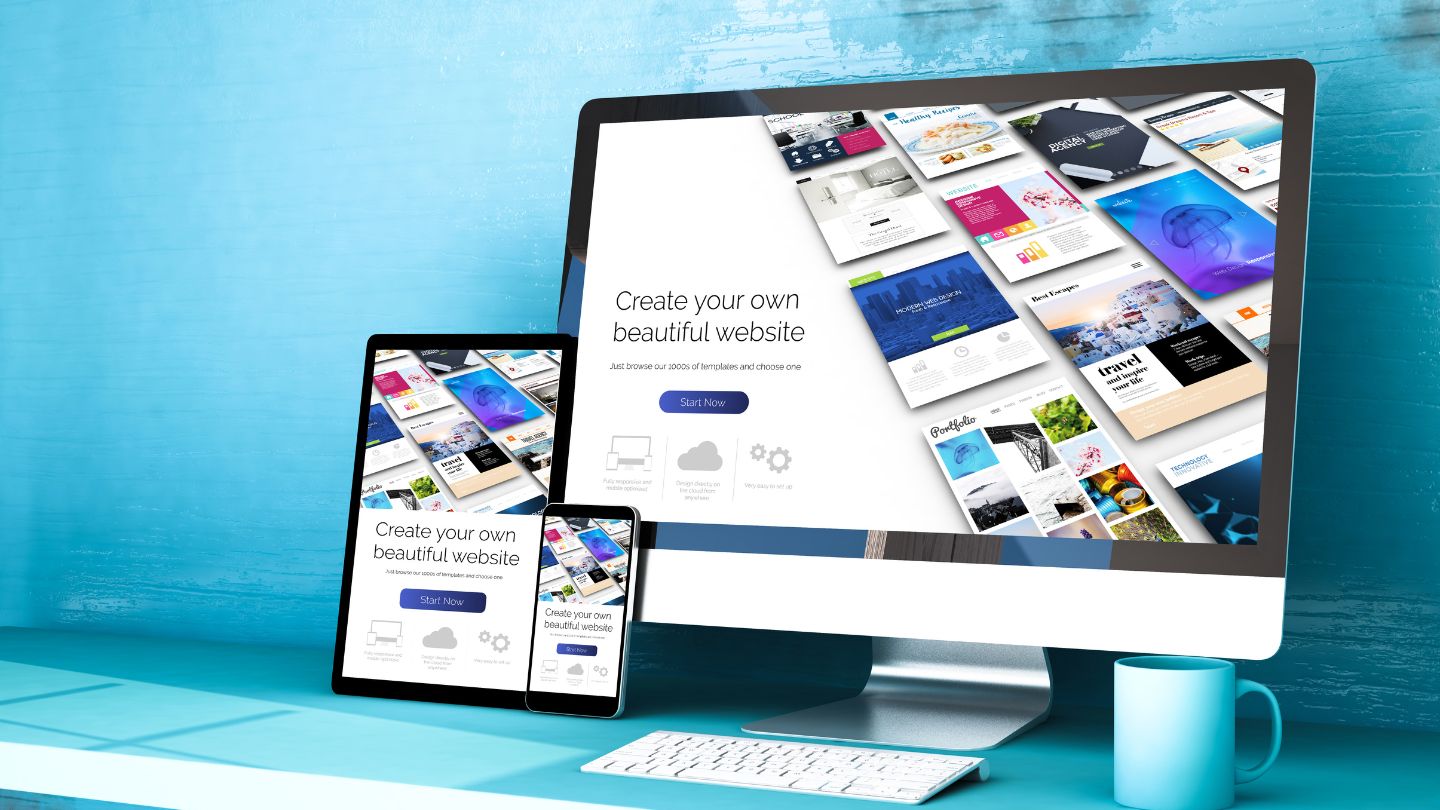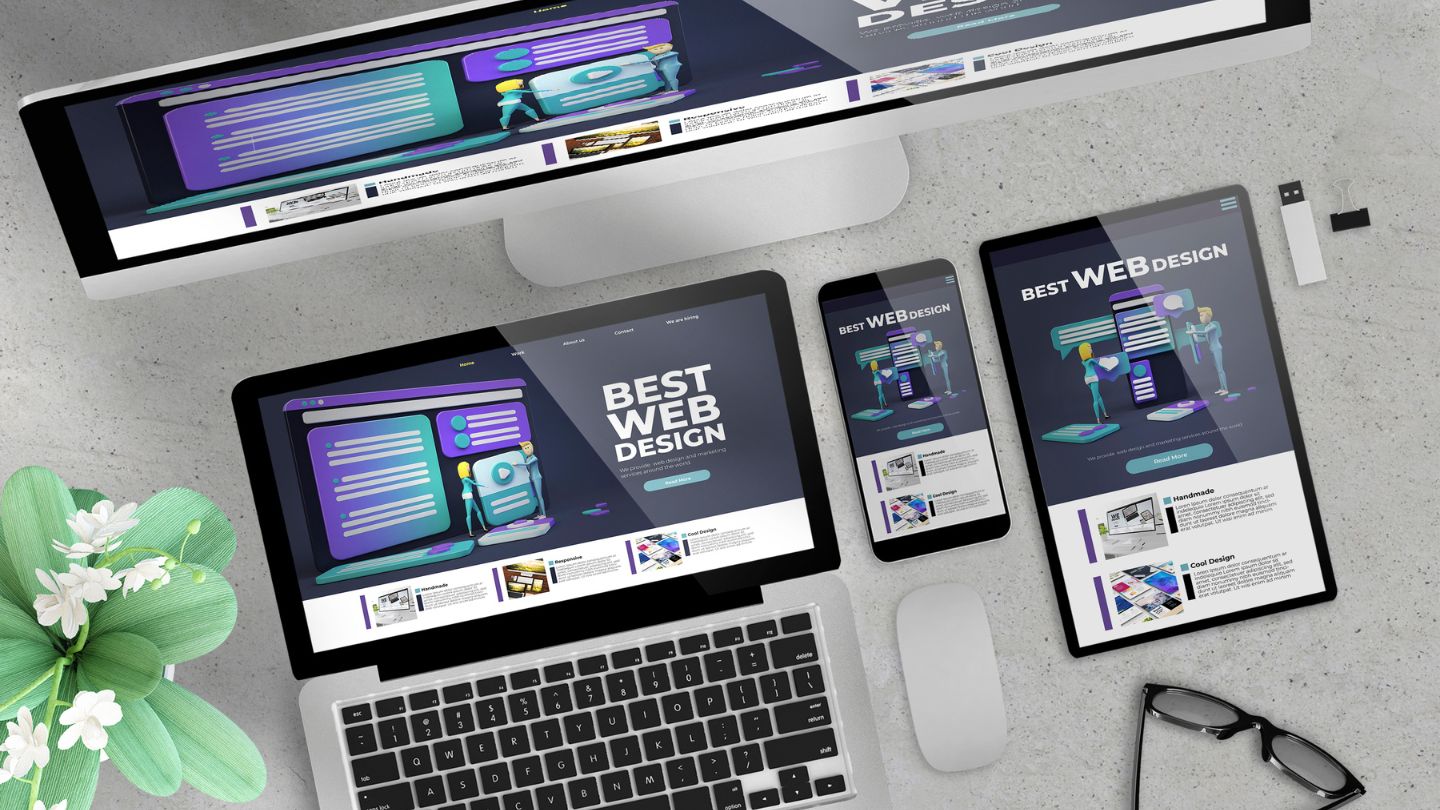
Have you ever landed on a website and left within seconds? Perhaps the text was too small to read, the navigation was a maze, or it simply took too long to load. That frustration is the result of poor user experience (UX). In web design, UX is not just a trendy buzzword; it’s the fundamental practice of designing a digital product from the user’s perspective. It’s about creating a seamless, intuitive, and enjoyable journey for every visitor.
A visually stunning website might attract initial attention, but without a solid UX foundation, it will fail to hold it. Think of it like a beautiful car with an engine that won’t start. It looks great on the outside, but it won’t get you anywhere. In the competitive digital landscape, understanding the importance of user experience is the key to converting visitors into loyal customers. This blog will explore why UX is a critical component of modern web design and how it directly impacts your success, including how it can influence your and reduce a
What Exactly is User Experience (UX)?
Before we dive deeper, let’s clarify what we mean by UX. User experience encompasses all aspects of an end-user’s interaction with a company, its services, and its products. In the context of web design, it focuses on how a person feels while navigating your site. Is it easy? Is it logical? Is it satisfying?
UX design goes beyond aesthetics. It involves a deep understanding of user needs, behaviors, and motivations. Designers use research, data analysis, and testing to create a website that is not only functional but also delightful to use. It considers everything from the site’s structure and information architecture to the speed at which pages load and the clarity of the call-to-action buttons.
The Tangible Benefits of Prioritizing UX

Investing in UX isn’t an expense; it’s a strategic investment that yields significant returns. A user-centric approach to web design can transform your online presence and drive measurable business results. Great UX design not only improves conversion rates but also has a meaningful impact on your visibility and competitiveness in search engine results.
Boosting Conversion Rates
A primary goal for any business website is to convert visitors, whether that means making a purchase, filling out a form, or subscribing to a newsletter. A positive UX directly facilitates this process. When users can easily find what they need and complete their tasks without friction, they are far more likely to convert.
For example, a streamlined checkout process with clear instructions and minimal steps can drastically reduce cart abandonment rates.
Enhancing SEO and Search Rankings
Search engines like Google have one main objective: to provide users with the most relevant and high-quality results. A significant part of that quality is the experience on the website itself. Google’s algorithms have evolved to recognize and reward sites that offer excellent UX.
In today’s SEO landscape, proper performance tracking is critical, yet Google search rank and position tracking can be more challenging than ever due to recent changes in Google’s result display and reporting. Metrics such as bounce rate (how quickly users leave your site), dwell time (how long they stay), and page speed are all indicators of user experience. A website that is slow, confusing, or not mobile-friendly will see users leave quickly.
Building Brand Loyalty and Trust
Your website is often the first point of contact a potential customer has with your brand. A positive initial interaction can set the stage for a long-term relationship. A well-designed user experience shows that you care about your audience and have invested in meeting their needs.
When a website is reliable, easy to use, and helpful, it builds trust. Users feel confident interacting with your brand and are more likely to return. This repeat engagement is the foundation of brand loyalty. A loyal customer base is not only more likely to make repeat purchases but also to become brand advocates, recommending your services to others. In this way, excellent UX becomes a powerful tool for building a strong and reputable brand identity.
Core Elements of Great UX in Web Design

Achieving a superior user experience involves a combination of several key elements working in harmony. Focusing on these areas will put you on the right path.
1. Simple and Intuitive Navigation
Your website’s navigation should be effortless. Users should be able to understand how to get around your site within moments of arriving. This means using clear and concise labels for your menu items, organizing content logically, and providing a clear path back to the homepage. A confusing navigation structure is one of the fastest ways to lose a visitor.
2. Mobile-First Responsiveness
With a majority of web traffic now coming from mobile devices, a responsive design is no longer optional. A mobile-first approach means designing the experience for the smallest screen first and then scaling up to larger devices. This ensures that your site is fully functional and easy to use on a smartphone, tablet, or desktop. Text should be legible without zooming, buttons should be easy to tap, and the overall layout should adapt perfectly to any screen size, all factors that Google considers in its ranking methodologies.
3. Fast Loading Speed
Patience is a virtue that few internet users possess. Studies have shown that even a one-second delay in page load time can lead to a significant drop in conversions. Not only can a sluggish website hurt engagement, but it can also result in a high bounce rate, when visitors leave your site without interacting. Optimizing images, leveraging browser caching, and minimizing code are essential practices for ensuring your website loads quickly. A fast site respects the user’s time and provides a much better experience.
4. Compelling and Readable Content
The content on your website is the core of its value. Great UX ensures that this content is presented in a way that is easy to consume. This includes using legible fonts, providing ample white space, and breaking up large blocks of text with headings, subheadings, bullet points, and images. Your language should be clear, concise, and targeted to your audience, helping them find the information they need without getting lost in jargon or fluff. Useful, well-presented content keeps visitors engaged.
Final Thoughts
The user experience is the backbone of effective web design. It’s the invisible force that turns a casual visitor into a paying customer and a one-time buyer into a lifelong fan. By focusing on creating an intuitive, efficient, and enjoyable online journey, you directly contribute to higher conversions, better search engine rankings, and stronger brand loyalty. Ignoring UX can damage your site’s performance and reduce your overall success. Neglecting UX is no longer an option for any business that wants to succeed online.
Are you ready to elevate your website and provide an exceptional experience for your audience? The Ocean Marketing specializes in creating user-centric web design that delivers real results. We work with you to understand your users and build a digital platform that truly connects with them. Contact us today to learn how we can help you transform your online presence. Let our team put its expertise to work for you.

Marcus D began his digital marketing career in 2009, specializing in SEO and online visibility. He has helped over 3,000 websites boost traffic and rankings through SEO, web design, content, and PPC strategies. At The Ocean Marketing, he continues to use his expertise to drive measurable growth for businesses.

